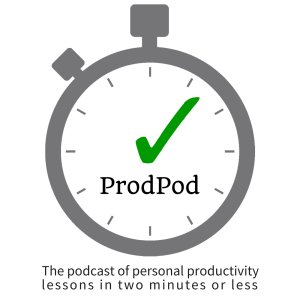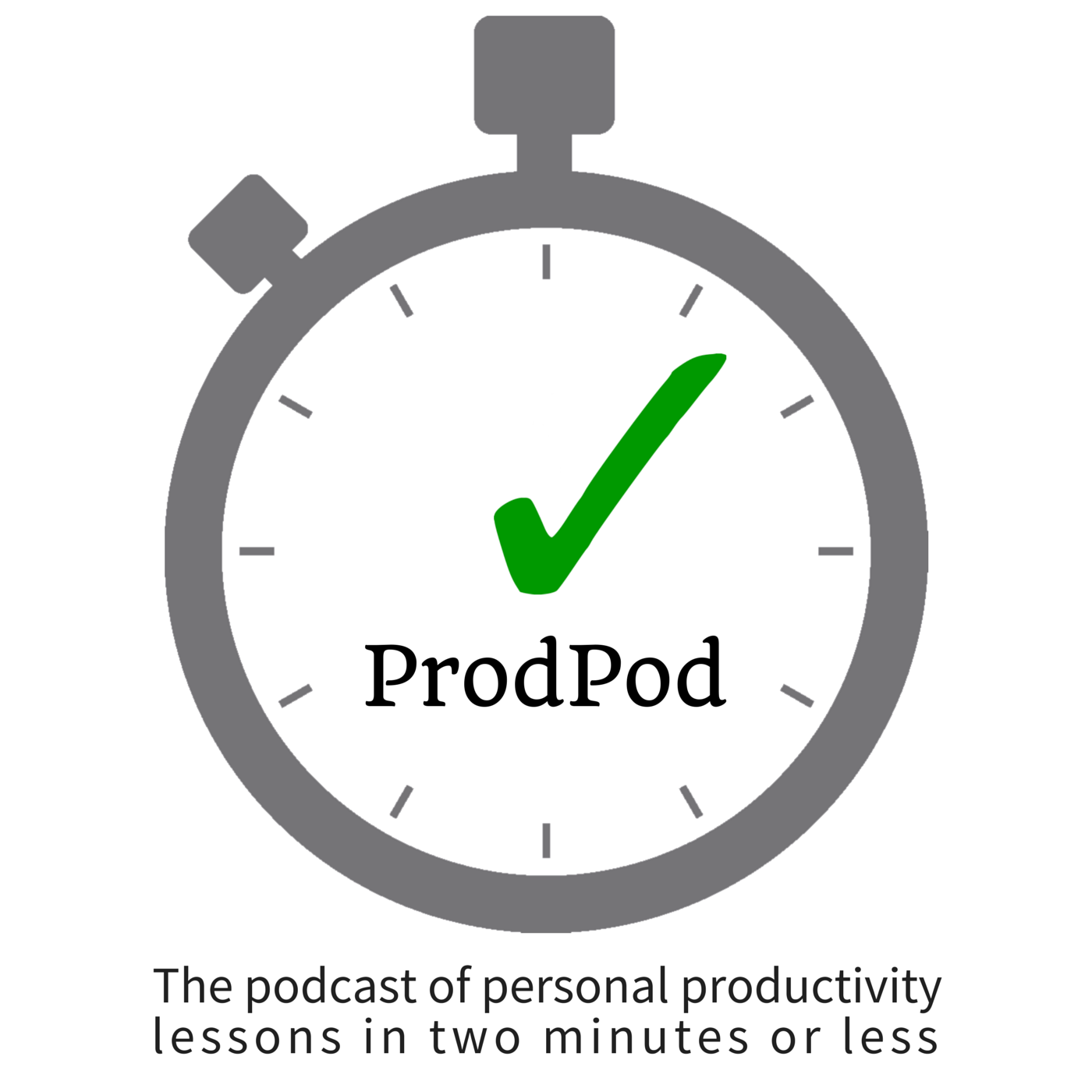Episodes

Tuesday Dec 03, 2013
Tuesday Dec 03, 2013
These next three episodes will be on hoarding and I have with me to help explain hoarding, Sally Reinholdt, owner of Commonwealth Organizing Solutions [ http://cosolva.com ]. Sally is a Registered Nurse and professional organizer who uses many of the skills she learned as a nurse to help her clients become more organized and productive.
Sally: The short answer is that it can be anyone. Hoarding doesn’t discriminate. In some cases it appears to have a genetic component as hoarding can run in families. It can be the result of a traumatic experience but sometimes there is no clear trigger. Sadly, hoarders are many times very creative people who see all sorts of potential in the things they collect. Unfortunately their potential for using that creative energy is stymied by their need to constantly accumulate. There are also high levels of anxiety, depression and perfectionism associated with hoarding.
Sally: The number of hoarders in the United States is very difficult to calculate because in so many cases hoarders are able to hide their situations from family and friends until some sort of event or crisis brings the hoarding to light. Depending on the literature estimates for the number of hoarders in the United States ranges from 1.2 million to as many as 6 million people.
Sally: May, 2013, was the first time hoarding was included in the DSM-V with its own discrete clinical definition. It was previously categorized as symptom of obsessive-compulsive disorder.
Ray: Not that sweeping all your stuff under the carpet is the solution, but putting your clutter out of sight is a productivity hack in which you can reap immediate benefits. Princeton University Neuroscience Institute found that when you clear physical clutter in sight, you are less likely to be distracted and are more productive. If you're feeling distressed from physical clutter, take as much as you can and put it away so you see less of it…the more clear surfaces in sight the better. Try it. [ PUNI article, "Top-down and bottom-up mechanisms in biasing competition in the human brain": http://www.princeton.edu/~napl/pdf/BeckKastner2008.pdf ]
In Part II in this series on Hoarding, Sally and I will discuss how compulsive hoarding is defined and classified.


No comments yet. Be the first to say something!